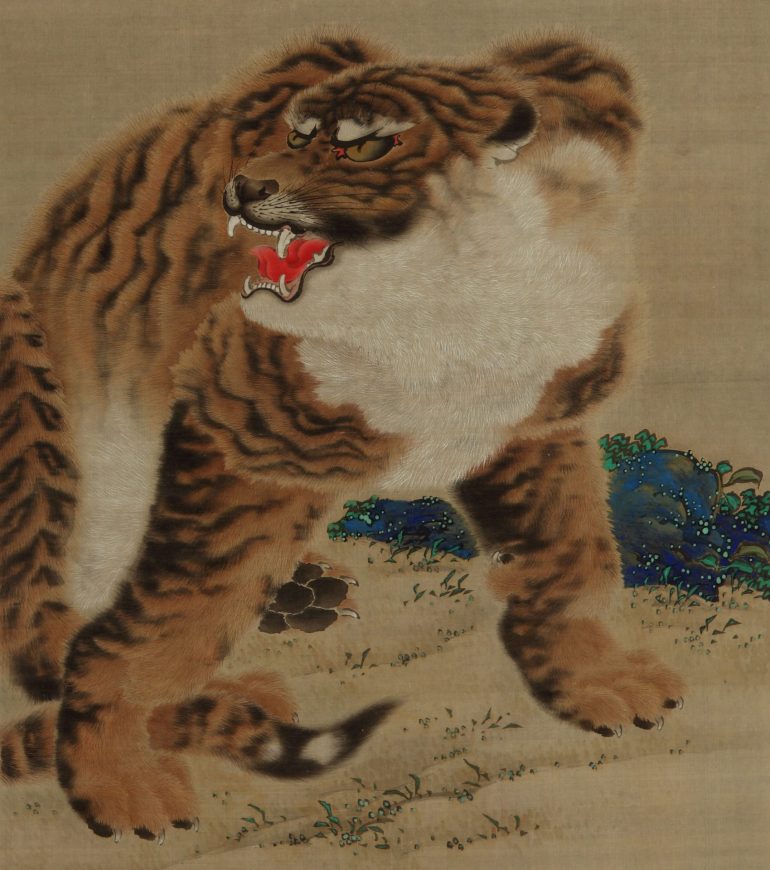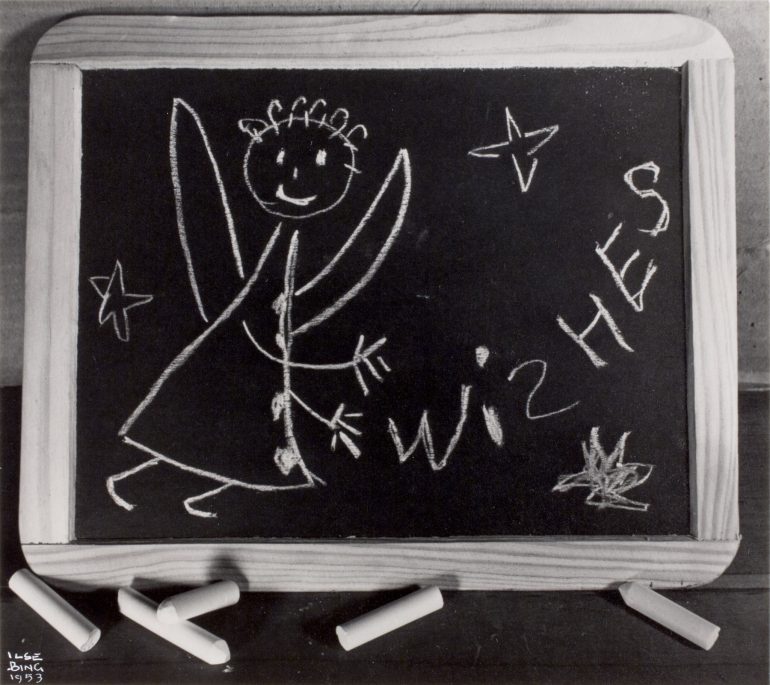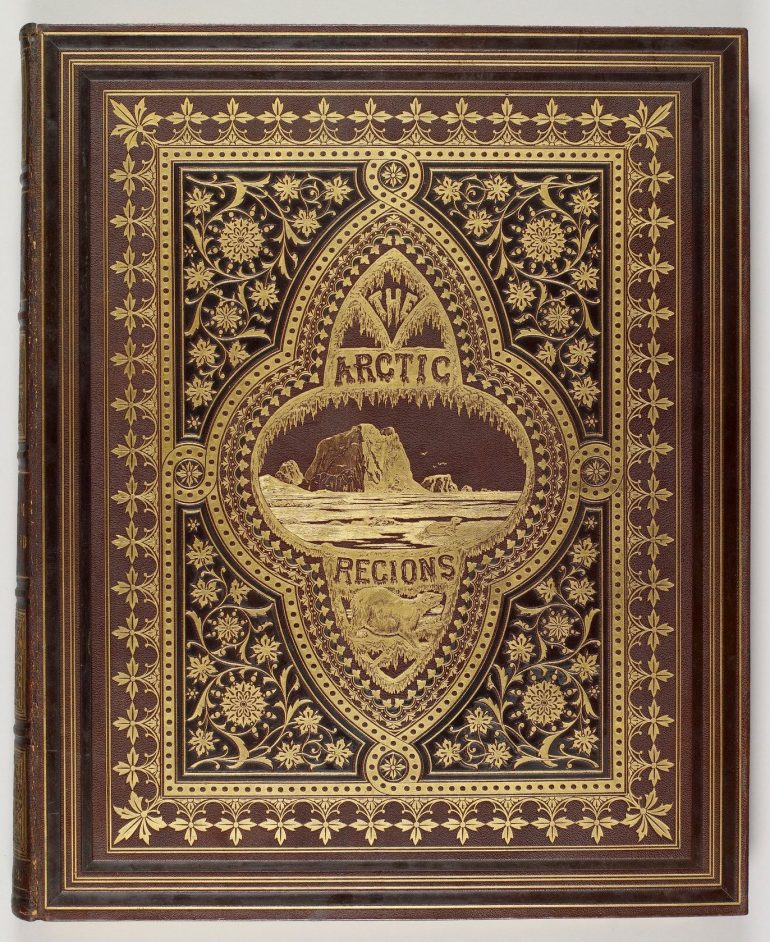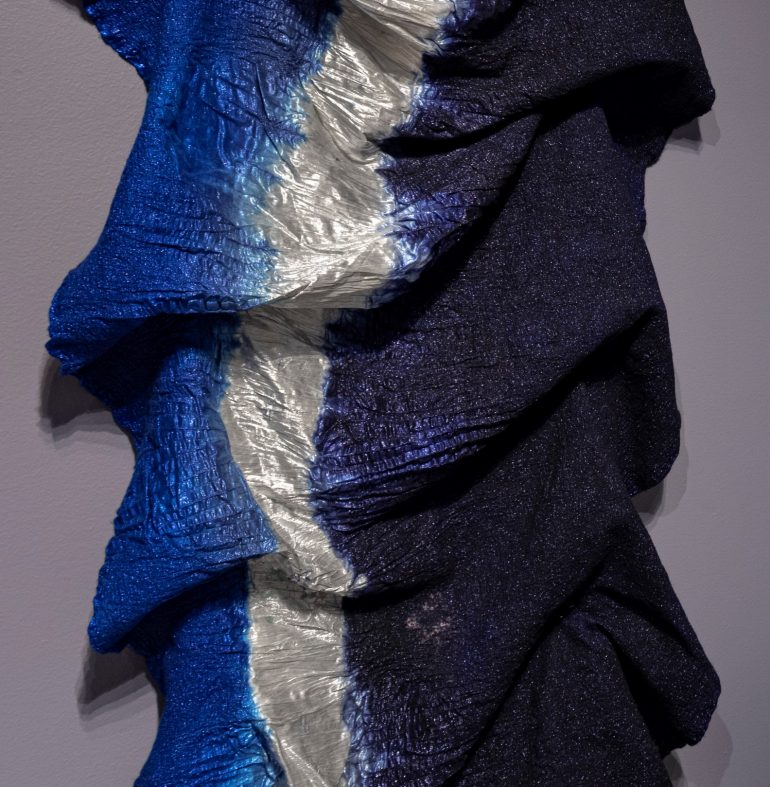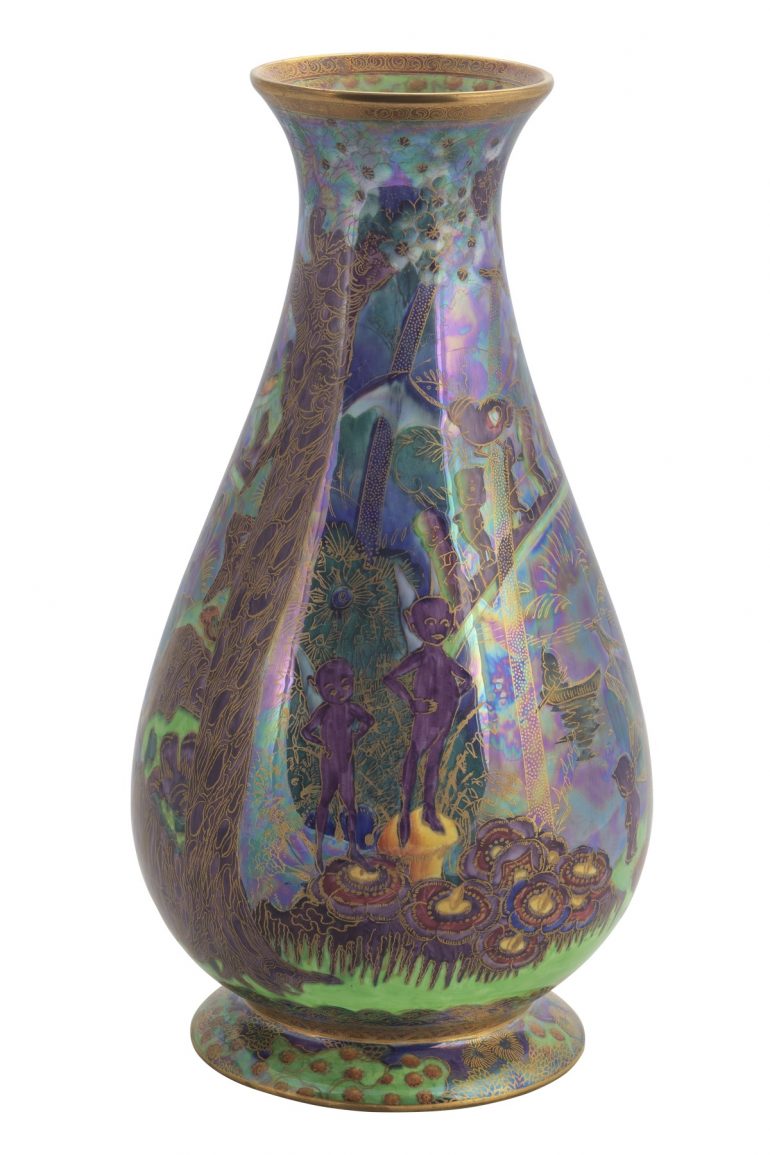Lunar New Year in NOMA’s Collection of Japanese Art
For China, Vietnam, and other countries across East and Southeast Asia, the Lunar New Year is one of the most important celebrations on the calendar. While the new year has been celebrated on January 1 in Japan since 1873—due to a shift to the Gregorian calendar—there are several earlier examples of works in NOMA’s Japanese art collection celebrating the Lunar New Year. Read More
